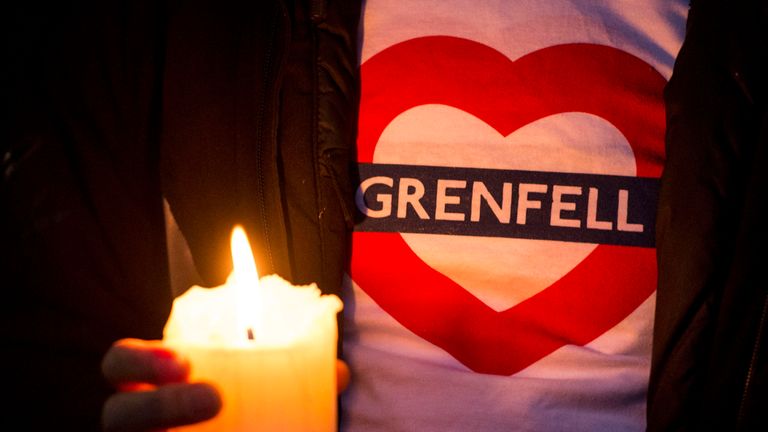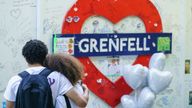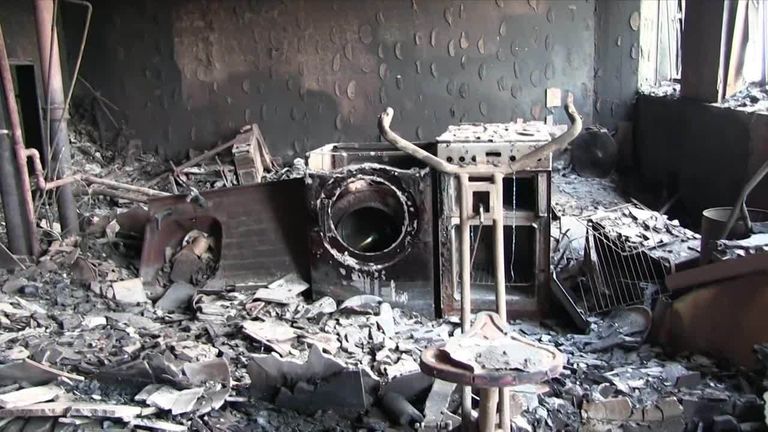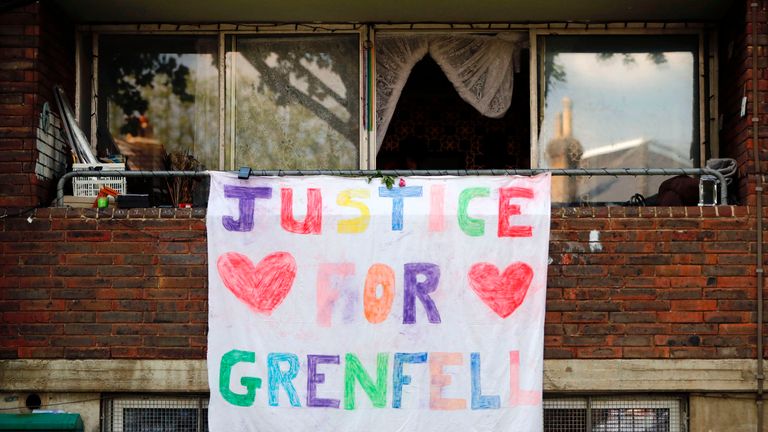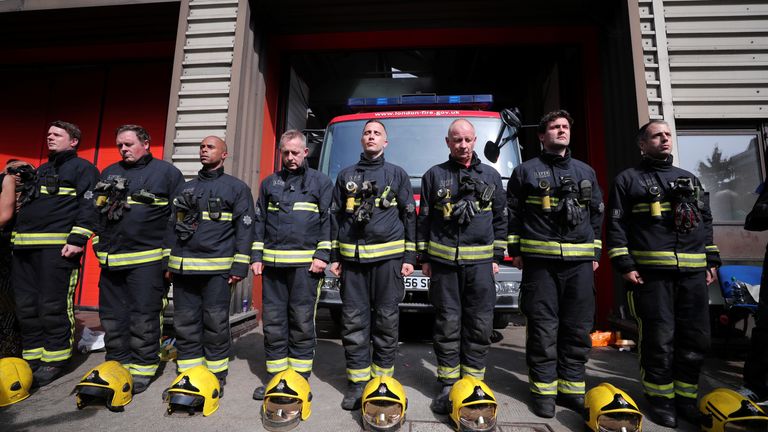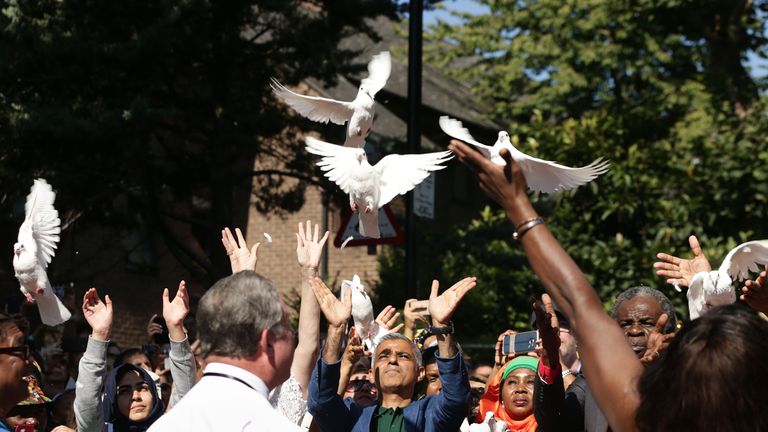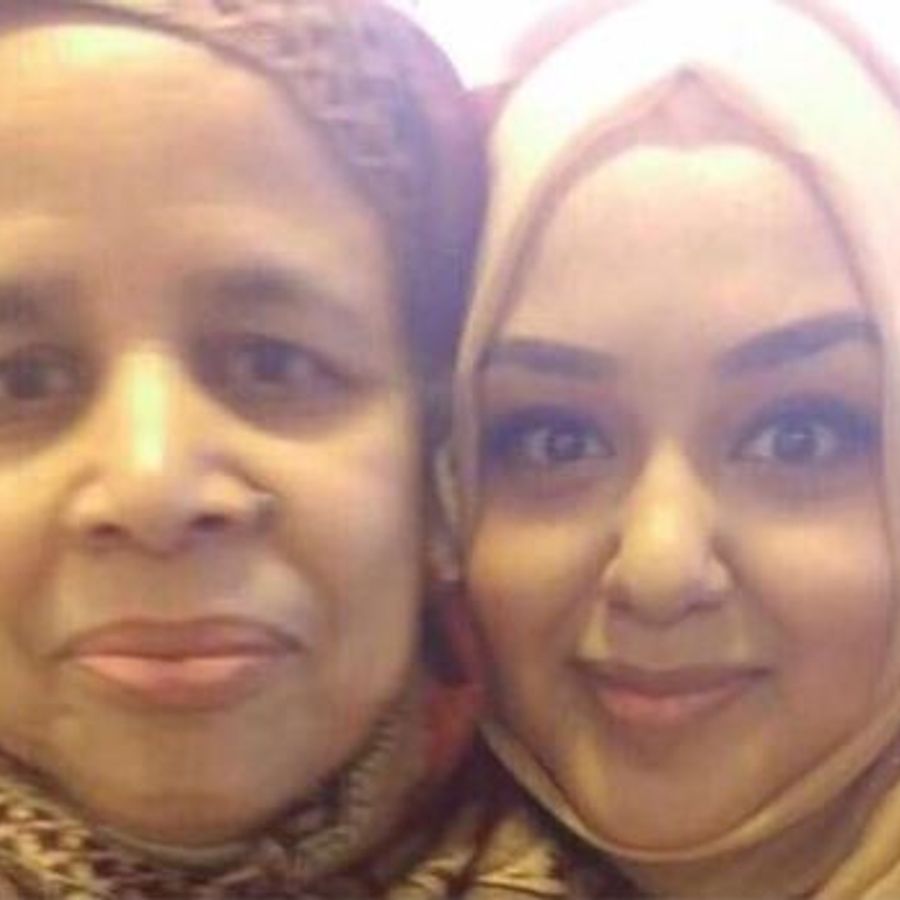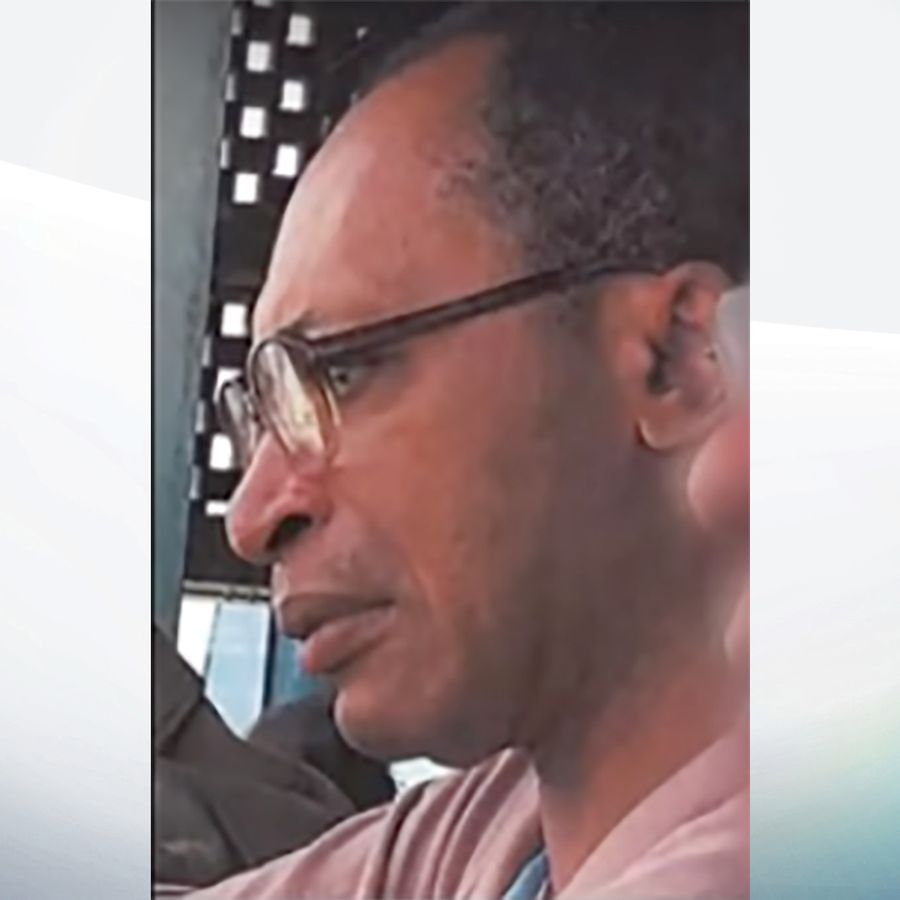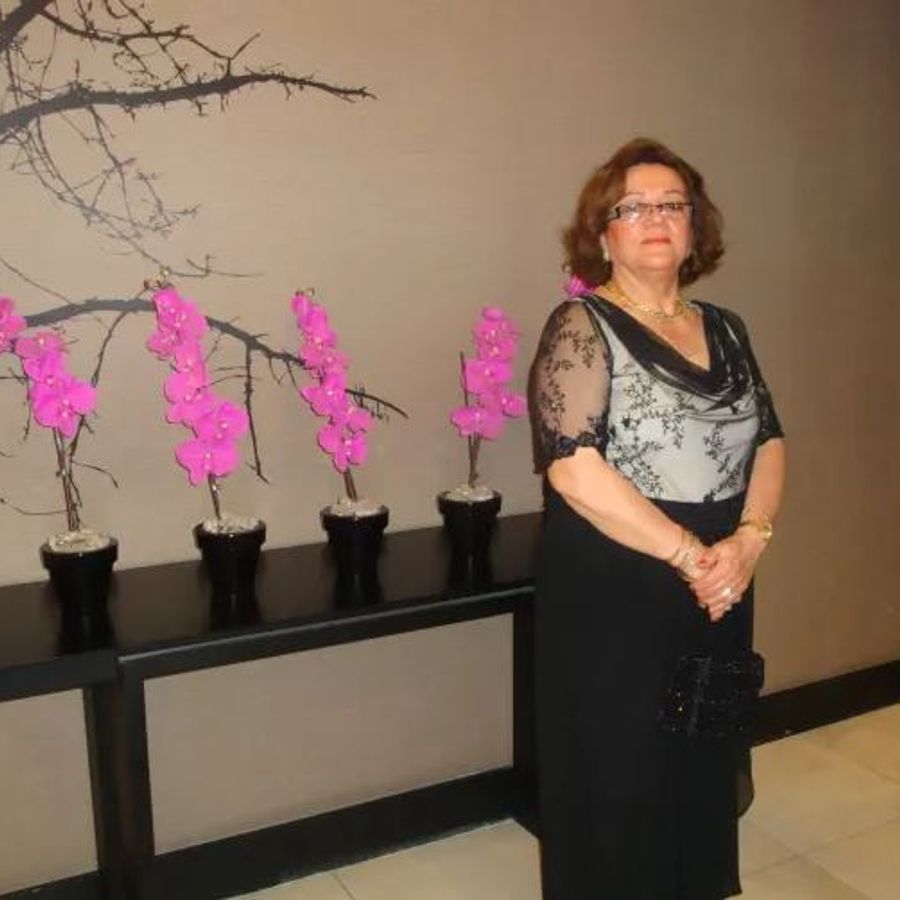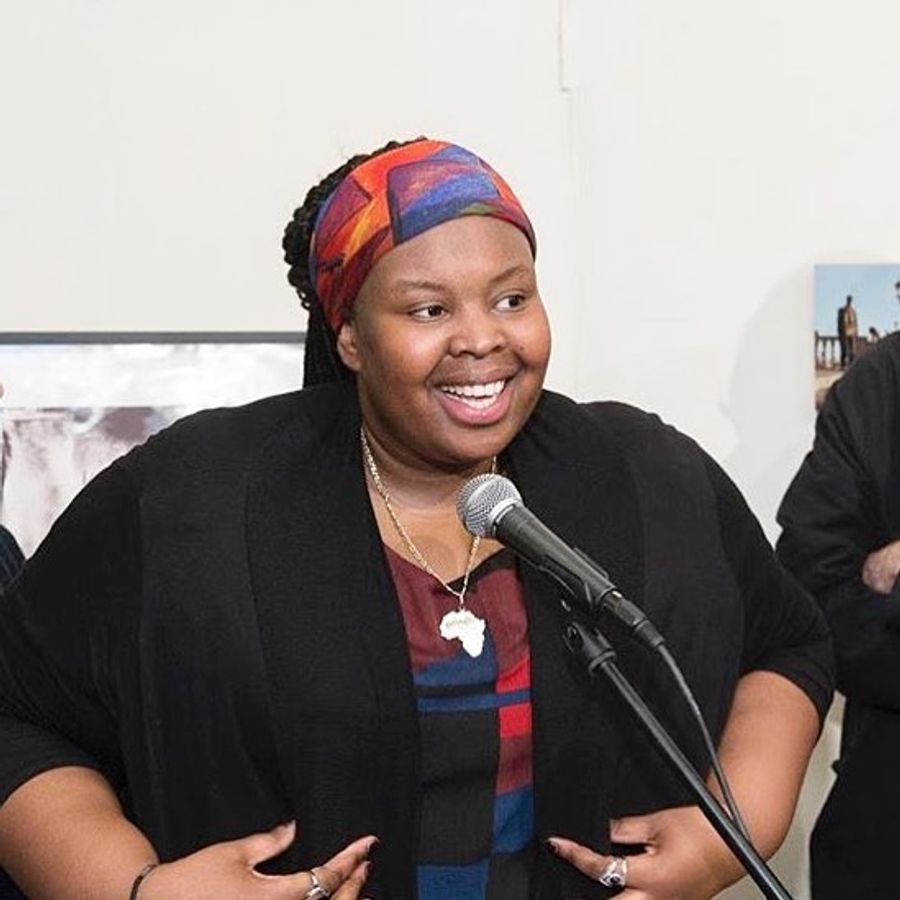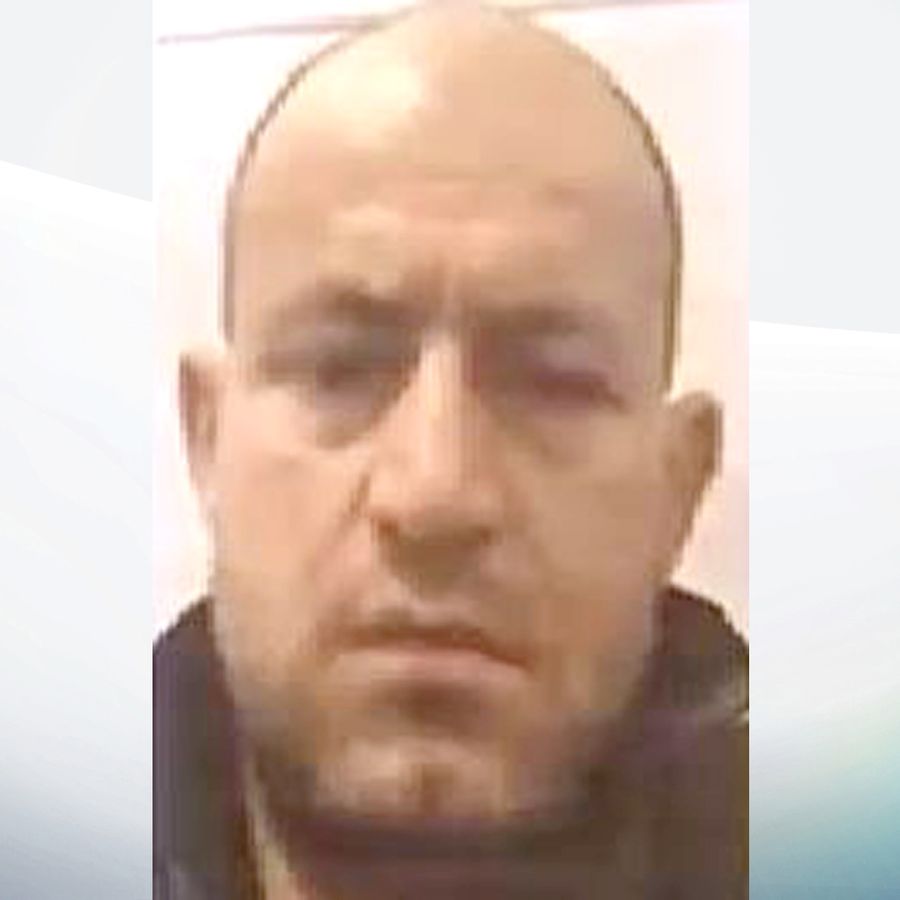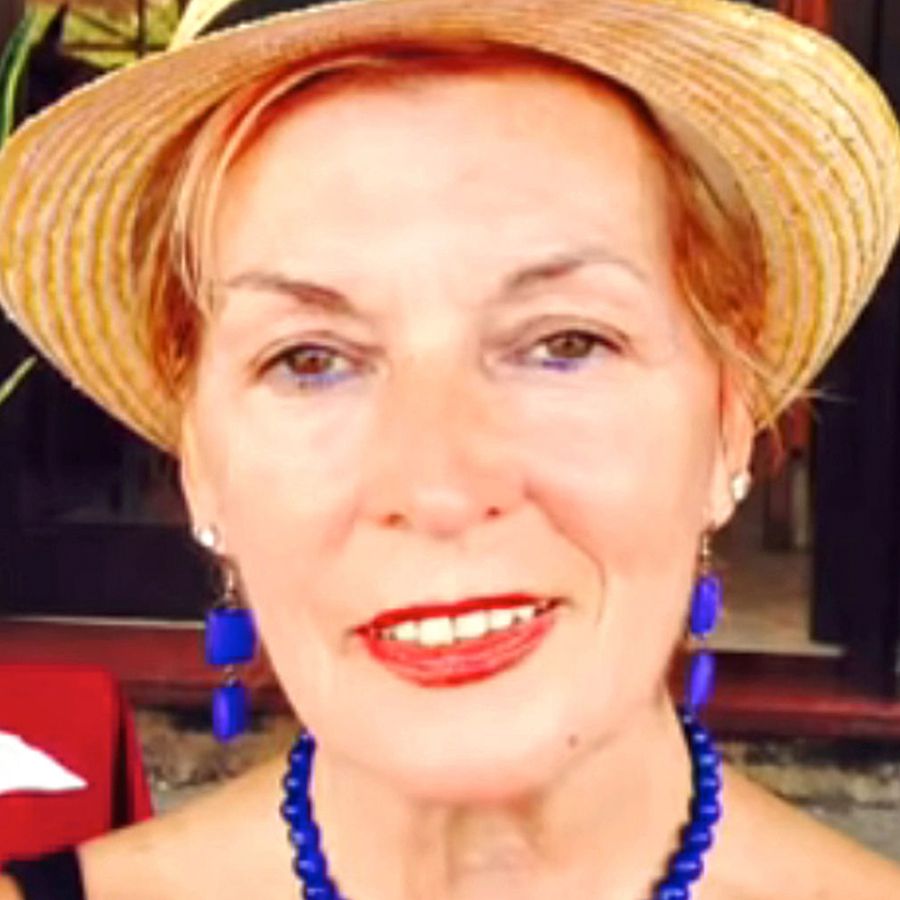Long read: Grenfell - Britain's fire safety crisis

Monday 4 June 2018 21:39, UK
By Gerard Tubb, Sky News Correspondent and Nick Stylianou, Sky News Producer
The deaths of 72 people in Grenfell Tower were a defining tragedy in 21st century Britain. That so many people could lose their lives in one block of newly renovated council flats shocked the entire country - shock that turned to anger when it became clear that the fire had spread up a thick layer of external plastic foam insulation covered in plastic-filled panels.
The disaster was also a wake-up call; a deadly warning that something has to be seriously wrong with fire safety regulation and enforcement in Britain. If so many people could die in Grenfell Tower, how can anyone be certain that their own home, school, hospital or workplace is safe?
Our investigation, conducted over four months, has attempted to answer that question, and exposed disturbing issues.
Even before the first bodies had been removed from Grenfell Tower, senior figures in the fire safety sector began revealing a number of uncomfortable truths: they knew plastic insulation was storing up problems; they had suspected a disaster would happen; and many of them had been telling the Government for years that the building regulation and control system was not fit for purpose.
And some went further; claiming that elements of the plastics industry were not only helping to write the rules that require more insulation to be fitted to buildings, but were also trying to silence people who questioned whether plastic insulation was safe.
Time after time we were told the plastic insulation industry was highly litigious, that speaking out about its fire safety was impossible, and that while the story should be told, no-one would go on camera. Eventually we found a former government scientist who agreed to talk, on condition of anonymity, about the pressures he faced. He said threats to sue him had made him unwell.
"If you've got no [legal] insurance you lose your house," he said. "It was a worrying time and they were quite famous for it - people knew this was the way they reacted." He says he doesn't think the work he did was influenced by the threats, but they had an effect: "I think perhaps more than anything else other people were silenced - by saying 'Oh, you'd better not say anything about that, look what happened to him,'" he told us.
We have identified several other similar cases. Among them Rockwool, the main producer of the non-combustible mineral-based alternative to plastic insulation. Rockwool sent out videos in 2007 showing how their product doesn't burn and how plastic insulation does. They were sued for trademark violation and malicious falsehood. Despite the falsehood claim being thrown out the legal action tied up Rockwool for years and cost them millions of pounds.
In 2013 an insurance firm set fire to plastic insulation panels to demonstrate that they burned more fiercely in real life than they did in official tests and posted the video on YouTube. It might explain, they suggested, why hundreds of millions of pounds of fire damage had been caused in a spate of factory fires. They were immediately threatened with legal action and had to remove all references that could have identified the manufacturer.
And the week after the Grenfell Tower fire, six European plastic industry lobby groups complained in a letter to the respected publishers of a peer-reviewed paper on the dangers of toxic smoke from burning plastic insulation written by chemistry and fire safety expert Professor Anna Stec at the University of Central Lancashire. "We request that the article is withdrawn," it said. "The consequences […] are enormous and could well lead to significant consequential losses." It ended: "We feel you should consider this very seriously."
Prof Stec told us her employers are supportive but even vaguely-worded threats are stressful. "All the complaints, all the attacks are taken very seriously by my university," she said. "It worries me at some point that if you've got complaints coming in on an annual basis the university will come out and say 'how long do we have to handle that?'"
While legal threats were being made in private, the plastic insulation industry was openly advertising its role in writing the rules that govern the fitting of its products to millions of buildings across the country.
The main lobby group for the plastic insulation trade was, until November 2017, called the British Rigid Urethane Foam Manufacturers' Association [BRUFMA]. Partly in response to Grenfell Tower - or what it refers to as "events of this year" - BRUFMA changed its name to the Insulation Manufacturers Association.
They advertise that they are "influencing UK and local government, specifying authorities, relevant approval and certification bodies," and have "high level involvement in the drafting and regular revision of British and European standards [and] the Building Regulations." Its members are promised the "opportunity to influence Government bodies and NGOs" and "direct input into relevant British Standards committees."
How that influence works in practice is exposed by examination of government efforts to meet the UK's climate change commitments. Since the Kyoto agreement in 1997 to reduce greenhouse gas emissions, successive governments have created rules about how new and refurbished buildings must be insulated to reduce heat loss.
In 2011 the Department for Energy and Climate Change (DECC) turned to the insulation industry for help, inviting representatives onto a Green Deal committee to come up with ways to push more insulation into homes. We discovered that of the 10 firms and construction industry groups on that committee, four were members of BRUFMA. One of them was Celotex, the firm whose plastic insulation would be fitted to the outside of Grenfell Tower four years later.
Celotex technical director Rob Warren was a leading committee member who made his intentions clear on a now-deleted company web page. Under the heading "Celotex enter government," he said his position on the DECC committee meant he was "working inside government" to "shape this critical policy enabling the insulation industry to maximise the benefits." Construction expert Simon Hay who was also on the committee told us he was aware of the agenda: "The point from the insulation companies was that they were going to sell a lot more insulation," he said
A few years later Celotex revealed that the rules the plastics industry helps to write are key to company profits. Trade magazine Urethanes Technology International reported in 2015 that Warren had told them regulatory change was the "greatest driver" of plastic insulation sales. Without new regulations he was reported as saying: "You cannot give insulation away and the public are not really interested."
But while new guidance and legislation led to a doubling of the market value of the main plastic insulation products in the UK between 2012 and 2016, efforts to insulate buildings rarely considered fire safety. Simon Hay who sat alongside Celotex and the other insulation firms on the DECC committee says he doesn't recall fire being mentioned in any of the meetings. The government's 2012 Green Deal launch report "Opportunities for Industry" contains 126 mentions of "cost" and 119 of "saving", but nothing about fire safety.
Several fire safety experts have told us it was Part L of the building regulations which deal with heat loss that had a significant impact on the fire safety of buildings of all sizes. Niall Rowan from the Passive Fire Protection Association told us: "Due to the green agenda we've had a push to insulate buildings and the easiest and cheapest way to insulate was using these combustible materials […] our eye was off the ball."
While one government department was increasing demand for combustible plastic products, the government department responsible for Part B of the regulations, dealing with fire safety, was being warned that the increasing use of plastics was increasing the risk of fires and the regulations were not good enough.
When plastic cladding on Garnock Court flats in Ayrshire caught fire in 1999, killing a man and injuring five other people, a parliamentary inquiry reported that building regulations were "far from being totally adequate."
In 2009 plastic insulation burned on Lakanal House in London, killing six people and injuring 20. The coroner wrote to the Department for Communities and Local Government (DCLG) in 2013 saying the building regulations were "a most difficult document to use" and calling for changes to include "clear" and "intelligible" guidance. The regulations were not changed.
Perhaps most puzzling of all, DCLG has refused to let us read 54 submissions they received in a 2010 consultation into how the fire safety rules needed to change. When we used the Freedom of Information Act to try to read them our application was refused on the grounds that releasing them was "not in the public interest."
One of the submissions was from insurance industry trade group the Fire Protection Association (FPA) who sent us a copy. "Urgent research is required", it warned the Government, into whether the building regulations were "fit for purpose." It said "building regulations enforcement is not effective" with inspectors turning up "less frequently if at all," and ministers "should act."
Jonathan O'Neill, managing director of the FPA, told us he has seen other submissions sent in at the same time from other experts who independently warned DCLG that they must act urgently to review the fire safety regulations.
Amid the lack of building regulation review there were some significant regulatory changes. Building control - the enforcement arm of the fire safety system - was opened up to competition, pitting private building inspectors against council officers in what one architect told us was an "extremely stupid" form of privatisation.
Then the Regulatory Reform Order 2005 scrapped fire certificates for buildings, leaving landlords responsible for ensuring fire risk assessments are carried out. Technical expert Ian Abley said it was a significant weakening of fire safety protection: "A system of self-certification by building owners is weaker than a system of certification by a fire officer, somebody whose interest is directly to make sure his men and women fire officers don't die in fighting fires," he said. "There are holes in the regulatory reform order that don't necessarily include the outside of a block of flats - which is Grenfell."
Increasing pressure from the construction industry to use new insulation products coming into the market eventually led to some architects, developers and contractors making mistakes.
Mr Rowan, who has four decades of experience in the fire safety sector, described the failure to reform the regulations as "kind of creating a house of cards." He said the lack of robust official guidance led to individuals deciding "I'm assessing that that's OK, this document says that's OK, and other people say well that authority and this authority say it's OK so I can say it's OK."
Mr Rowan admitted that eventually it became an open secret that a disaster was looming. "The passive fire industry [has] been worried that someday we would have a fire with large loss of life because of what we know what goes on in buildings and design that it not adequate," he said.
Throughout all the changes to the energy-saving Part L of the building regulations - three major revisions since 2010 - and the lack of changes to the fire safety Part B - none in the past 12 years - the Government has relied on fire safety advice from a group which also makes money from the plastics industry.
BRE, formerly the national Building Research Establishment, was privatised in 1997 and made to pay its way, with the plastics industry providing a significant revenue stream. In 2005, following the 1999 Garnock Court fire, BRE helped the Government to manage the risk from plastic insulation and cladding by creating a fire test called BS 8414.
Twelve years later it remains the only facility in the western hemisphere capable of conducting the test. Although BRE won't say how much it has earned from BS 8414, its biggest plastic insulation client told us privately that BRE is currently being paid up to a million pounds a year.
After all the warnings from inside and outside the construction industry about the problems being caused by plastic insulation products BRE told the Government that the building regulations could cope. Under a rolling contract from DCLG to "investigate issues that may have implications for building regulations," BRE reported in April 2016 that on high rise buildings there was "an increase in the volume of potential combustible materials being applied."
It said "A number of significant fires… have demonstrated the potential risks," but advised: "with the exception of one or two unfortunate cases, there is currently no evidence from BRE Global's fire investigations for DCLG to suggest that current building regulation recommendations, to limit vertical fire spread up the exterior of high rise buildings, are failing in their purpose."
The report told ministers that building controls, which BRE has influenced since 1948, were "adequate".
The industry lobbying, the attempts to silence critics, the rules requiring more insulation, and the failure to heed warnings about the creaking building regulations have created what one respected expert has described as a fire safety crisis.
Simon Hay, who sat on the DECC committee in 2011, is an architect who worked inside the cladding industry and is now an expert witness with litigation services firm Diales. Since the Grenfell Tower disaster he has been commissioned to inspect high and low rise buildings and has found significant fire safety issues that had previously been missed. "These are not on anybody's radar as yet," he said, "I would say in all the investigations I've carried out I've found deficiencies."
We asked him if he would describe the state of fire safety in Britain' buildings as a crisis. "I think I would describe this as a crisis," he told us. "I think fire safety is absolutely vital, and it's not just about the premises that catch fire, it's also about the fact that people should be able to live in their dwellings in the reasonable knowledge that they are safe in the sense that fire might break out.
"I'm afraid there will be buildings that are unsafe, and that must be a worry for people who are falling asleep in them."
In response to the points we raised, BRE told us it "works with multiple partners across various sectors, including government, the emergency services and the private sector," and said it is "working to improve the built environment through research and the provision of testing and certification services" which are "audited by the UK's national accreditation body".
Celotex told us that "because issues fall within the remit of the Grenfell Tower inquiry" it is "unable to provide any further information" but is offering "full cooperation with the ongoing investigations".
A DCLG spokesperson said: "Nothing is more important than keeping people safe. After the coroner's investigation into the Lakanal House Fire in 2013, government took action to implement all the recommendations," and is "continuing to work on updating our fire safety guidance."
And the Insulation Manufacturers Association says it "feeds into any building regulations reviews through all the usual public channels" and denied it or its members have used legal action to silence critics.
Grenfell Tower is still a crime scene and the Metropolitan Police says there are reasonable grounds to suspect offences of corporate manslaughter.
Sir Martin Moore-Bick has promised his public inquiry will "get at the truth" of what caused the fire, and Dame Judith Hackitt is conducting a review of building regulations and fire safety.
But it is far from clear whether anyone is asking why, with so little debate, so much material that burns is still being added to Britain's buildings.
:: The Grenfell victims
:: Grenfell: Britain's Fire Safety Crisis on Sky News at 8.30pm.
